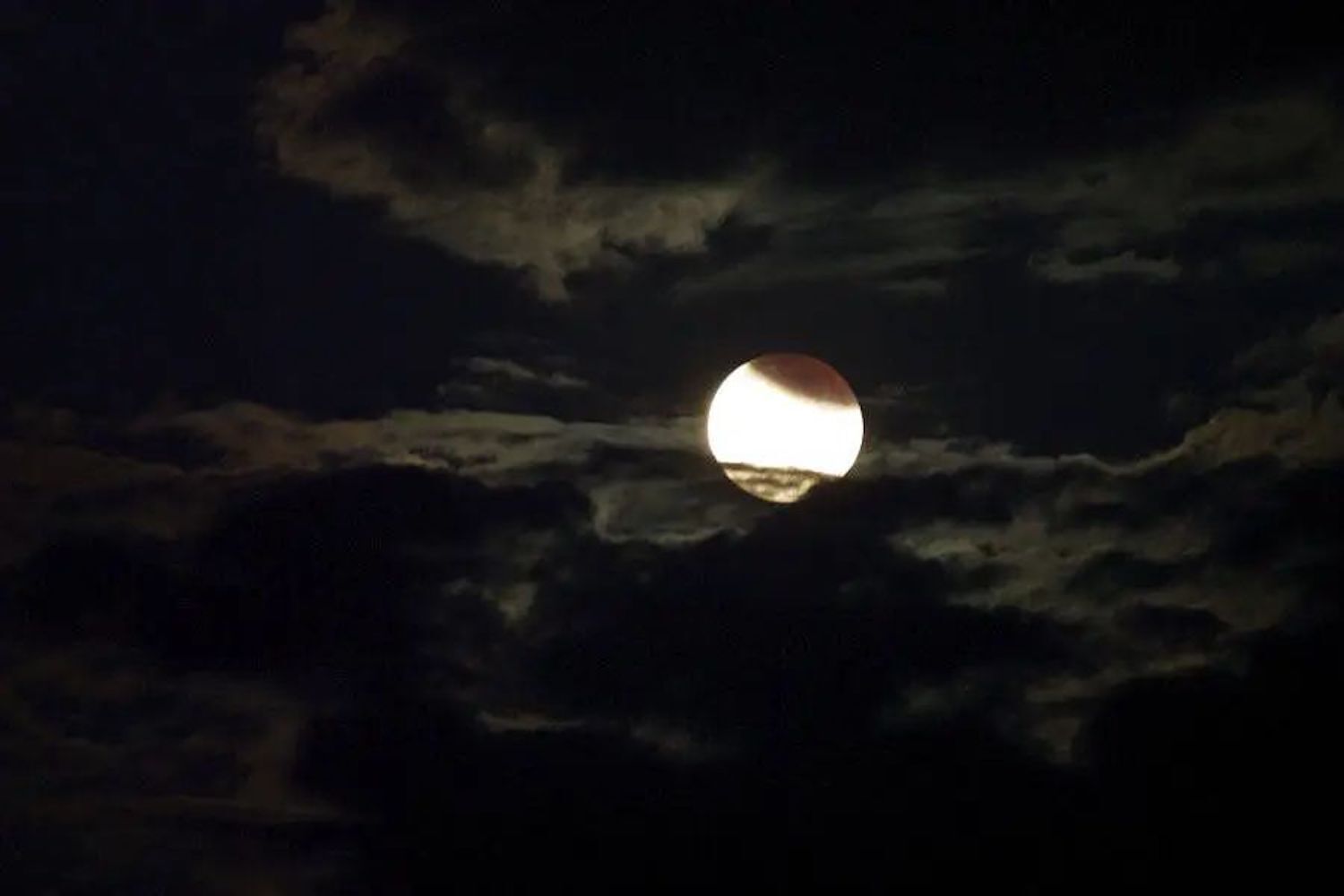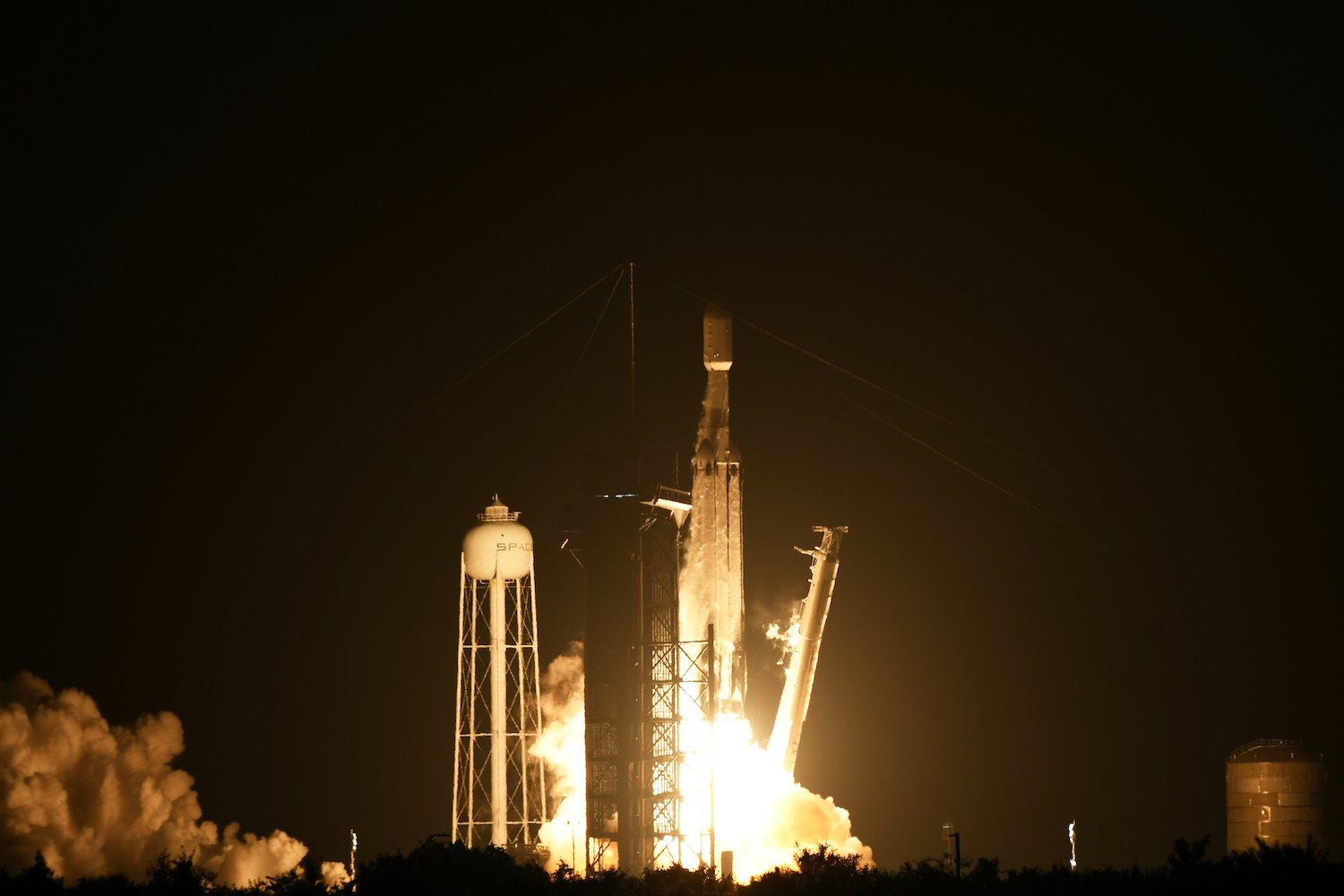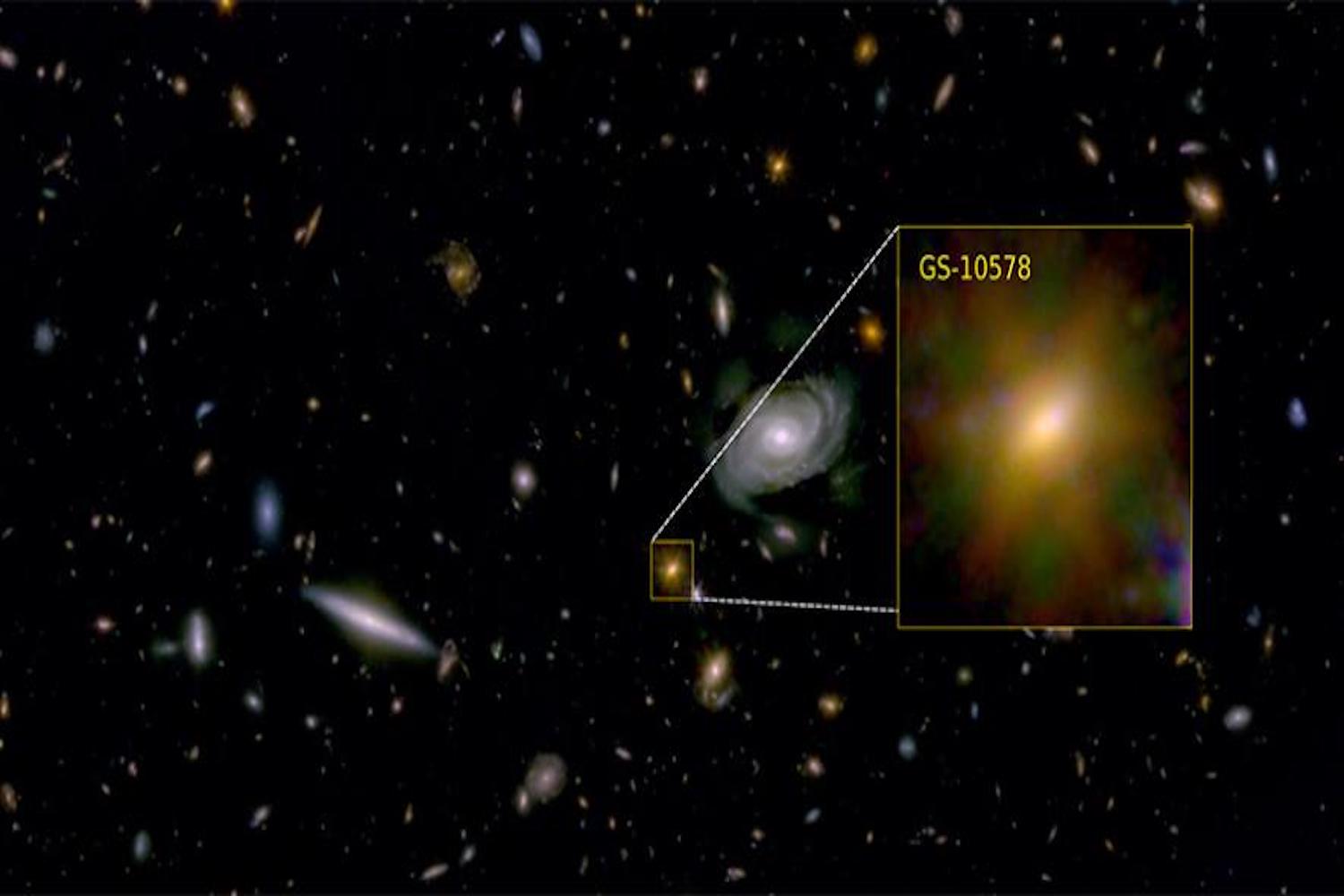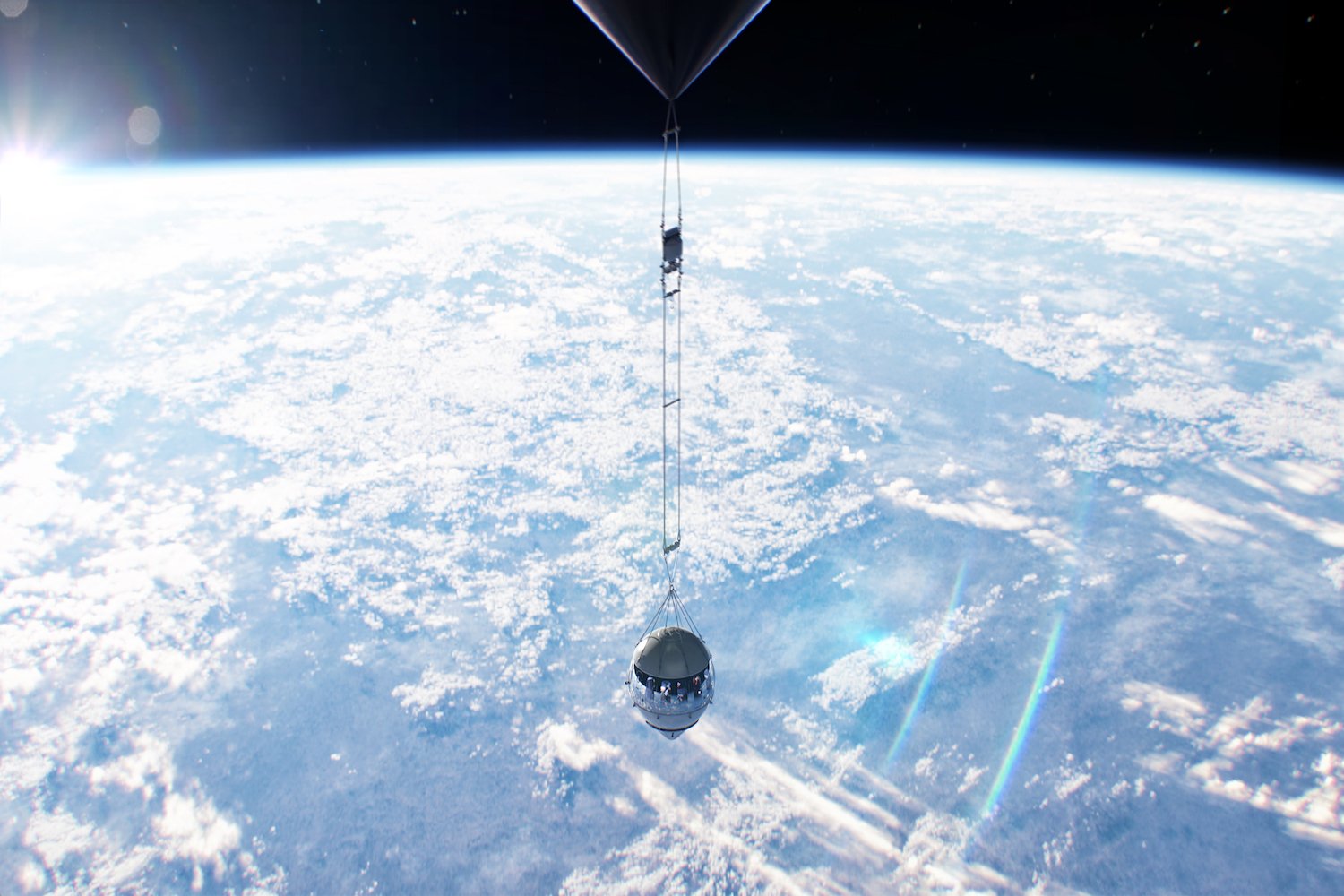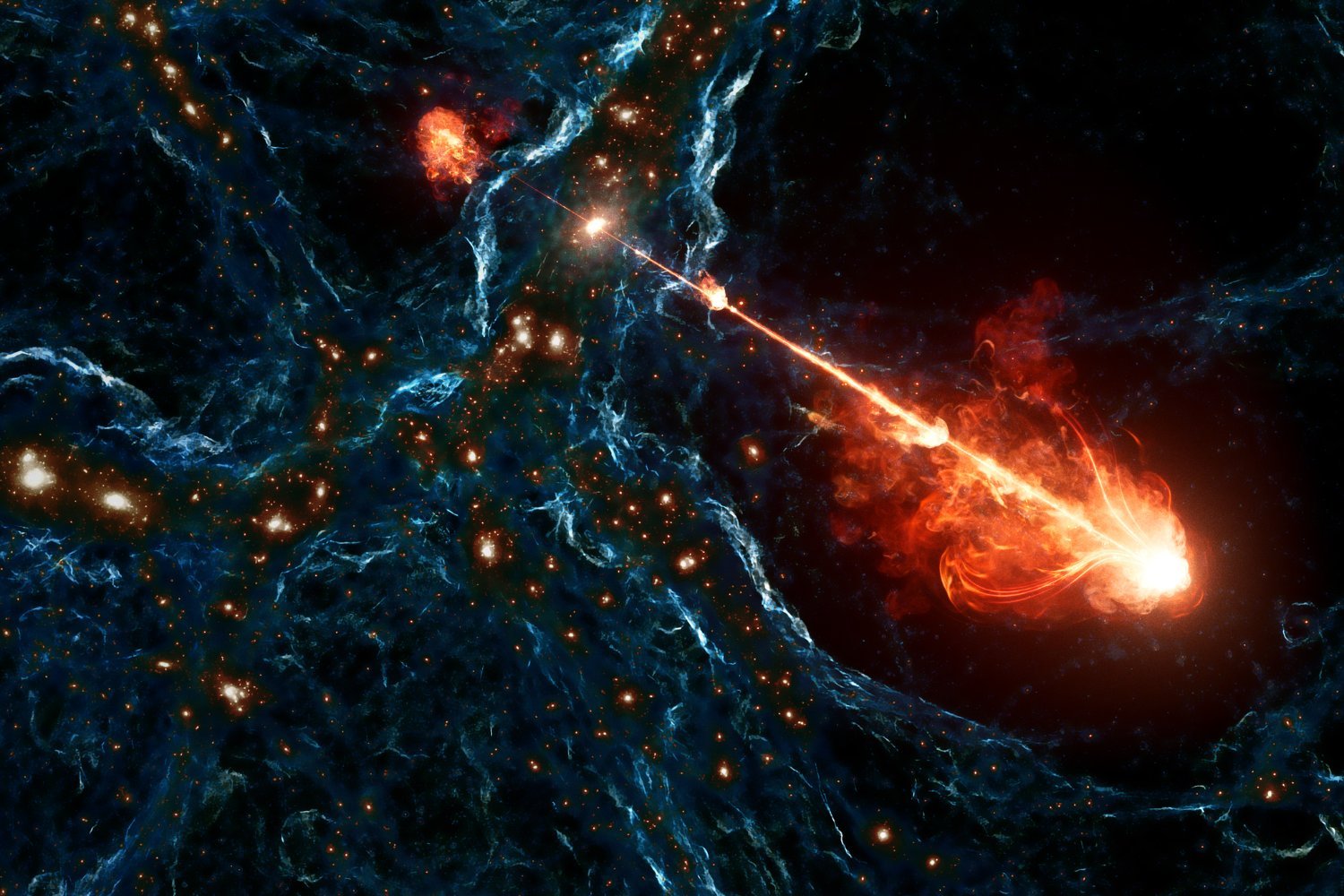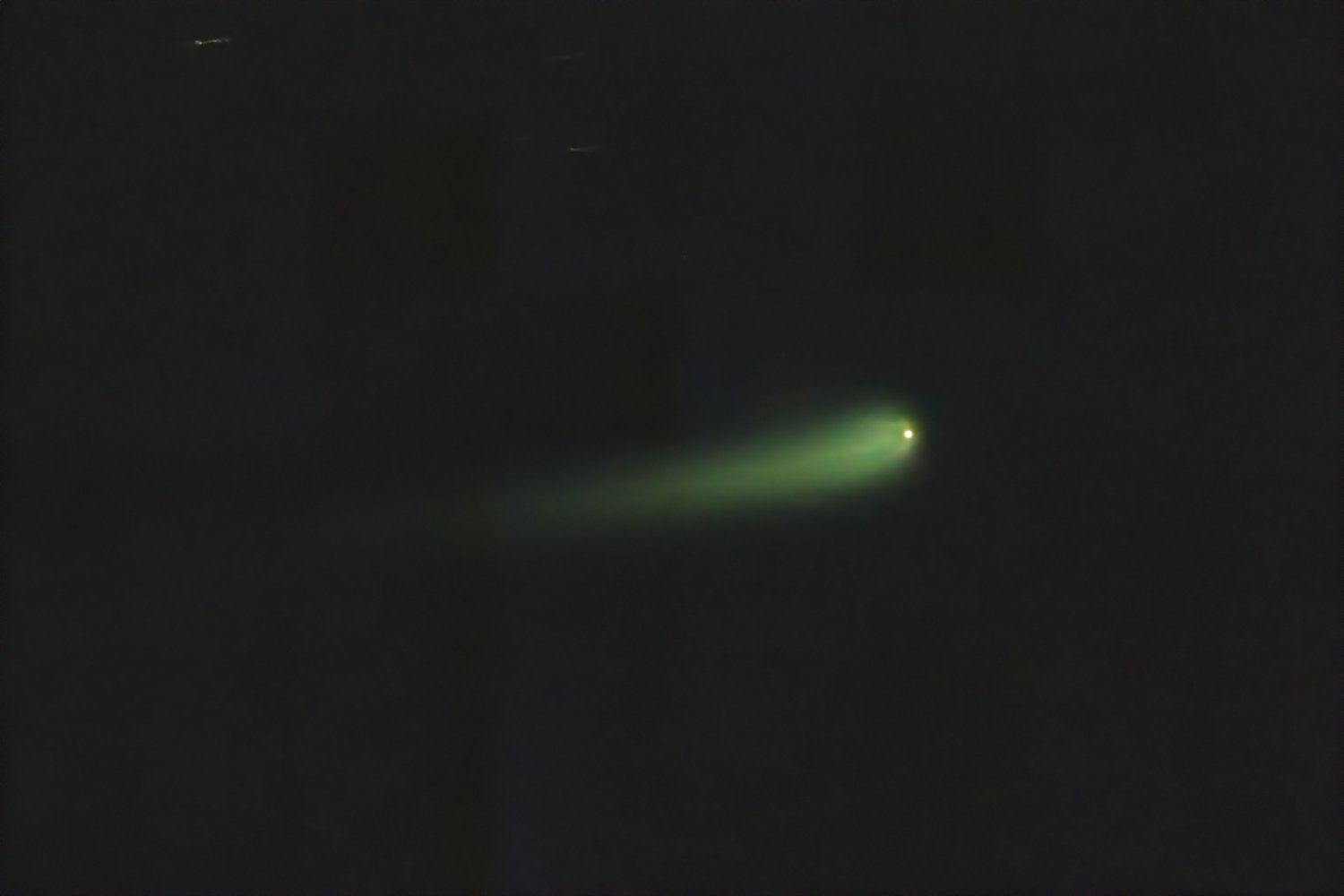The night of September 17, 2024, offers a celestial treat: a partial lunar eclipse coinciding with a supermoon. This means the full moon will appear slightly dimmer than usual as the Earth passes between it and the sun, casting a shadow across the lunar surface. This event is the second lunar eclipse of 2024, following a less visible penumbral eclipse in March.
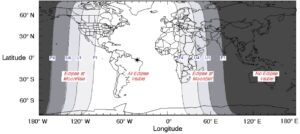 Visibility Lunar Eclipse 2024 09Visibility of the September 17-18 lunar eclipse. Image: NASA
Visibility Lunar Eclipse 2024 09Visibility of the September 17-18 lunar eclipse. Image: NASA
What to Expect During the Eclipse
According to NASA, the eclipse will begin at 8:41 p.m. ET. However, the noticeable dimming won’t start until 10:13 p.m. ET as the Moon enters the Earth’s umbral shadow. The peak of the eclipse will occur at 10:44 p.m. ET, with only the top 8% of the Moon fully shadowed. This peak will last until 11:16 p.m. ET, and the entire eclipse will conclude by 12:47 a.m. ET on September 18. Skywatchers should also be able to spot Saturn shining brightly near the Moon during the eclipse.
Where to See the Eclipse
This partial lunar eclipse will be visible across a wide swathe of the globe, including the Americas, parts of Antarctica, the Middle East, Africa, Europe, the Atlantic Ocean, the western Indian Ocean, and eastern Polynesia, as reported by Earthsky.
A Supermoon and Harvest Moon Eclipse
This particular eclipse is even more special as it occurs during a supermoon. This phenomenon happens when the Moon reaches its perigee, its closest orbital point to Earth. As a result, the Moon will appear larger and brighter in the sky. Adding to its significance, this full moon is also the Harvest Moon, the full moon closest to the autumnal equinox.
Understanding Lunar Eclipses
A lunar eclipse happens when the Sun, Earth, and Moon align perfectly, with Earth positioned directly between the Sun and the Moon. This alignment allows Earth’s shadow to fall upon the lunar surface, creating the eclipse effect. This differs from the regular phases of the Moon, which are caused by the changing angles of sunlight reflecting off the Moon’s surface as it orbits Earth.
Viewing the Eclipse Safely
Lunar eclipses are relatively frequent, occurring one to three times a year. Unlike solar eclipses, they are safe to observe without eye protection. Viewers are looking at reflected sunlight, significantly dimmer than direct sunlight. While visible with the naked eye, the National Weather Service recommends using binoculars or a telescope for an enhanced viewing experience.
Mark Your Calendars for the Next Total Lunar Eclipse
For those eager to witness a total lunar eclipse, the next opportunity will be on March 14, 2025. This eclipse will be visible across the Americas, the Pacific, western Europe, and western Africa. The last total lunar eclipse occurred in November 2022.



